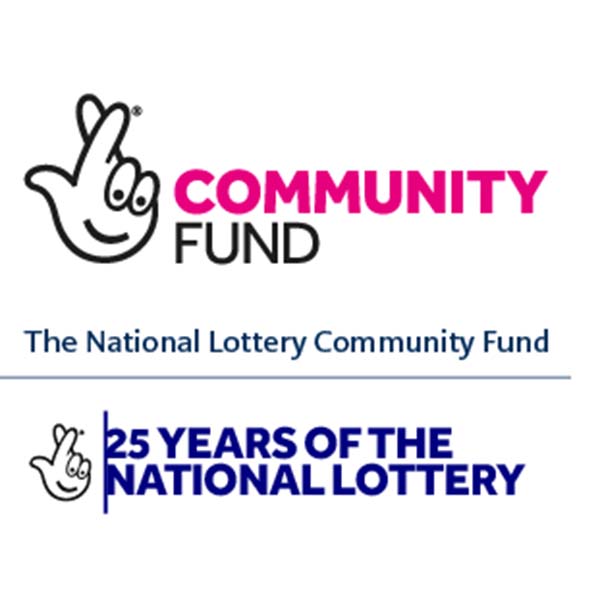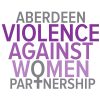
Rape Crisis Grampian
- 01224 590932
- info@rcgrampian.co.uk
- Langstane House, Second Floor, 6 Dee St, Aberdeen, AB11 6DR
-
Local number available Monday - Friday 9am to 5pm
Rape Crisis Grampian is a Charitable Company Limited by Guarantee. Registered in Scotland No. SC299746. Scottish Charity No. SC019087





